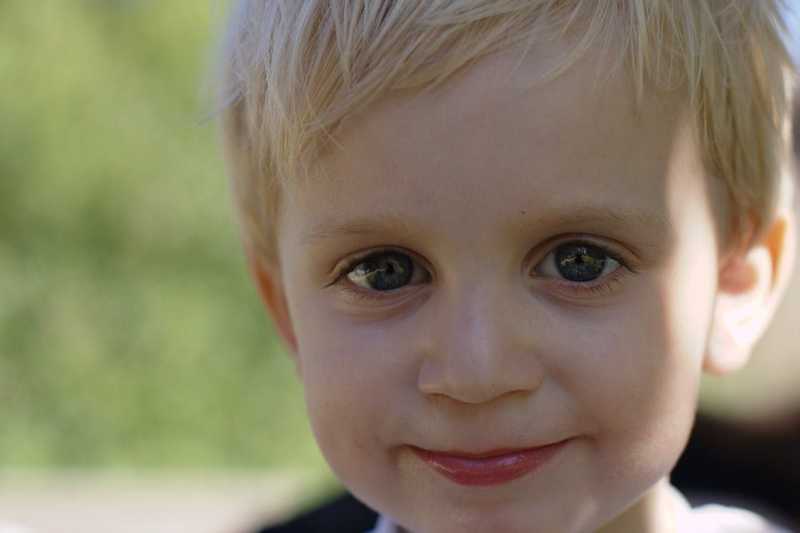Muscular dystrophy is a group of over 30 inherited diseases that negatively affect normal muscle functions in the body. Generally, muscular dystrophy leads to skeletal muscle weakness, as well as the replacement of normal muscle cells with fibrosis and fat. This condition is mostly prevalent among young boys and may start to manifest in early infancy. In some cases, it may not show up until late adulthood. Duchenne muscular dystrophy is the most common form of this disorder, and is characterized by general muscle degeneration and weakness.
According to a 2007 study by the United States Centers for Disease Control and Prevention (CDC) that examined the prevalence of Duchenne/Becker muscular dystrophy among males aged 2–24 years, Duchenne muscular dystrophy (DMD) affects 1 in 3,500 male births in the U.S., while Becker muscular dystrophy affects 1 in 18,518 American male births. The type that most commonly affects adults is called Myotonic muscular dystrophy. Muscular degeneration is continually degenerative and manifests differently according to the individual. While some people with this condition will eventually lose the ability to walk or sit, some may have trouble swallowing and even breathing.
Traditional Muscular Dystrophy Management Without Cannabis
Currently, there is no known cure for muscular dystrophy. All of the current treatments are targeted toward the management of symptoms and the prevention of complications. Symptoms vary according to the type of muscular dystrophy and the level of progression. Steroids are often used to slow the progression of the condition, while physical therapy, surgery, nutrition adjustment and the use of ventilators to help with breathing may help in managing the condition.
Medical Marijuana & Muscular Dystrophy
Muscular dystrophy is due to the absence of a key protein needed to maintain the integrity and proper function of muscles. Where muscle tissue is damaged, muscle bulk will be reduced. It may also be replaced with fat and excessive scar tissue, making the muscles appear larger than normal.
Cannabinoids in medical marijuana are effective against pain, one of the most common effects of muscular dystrophy. Back in 1977 a clinical study was performed by the American organization National Institutes of Health (NIH). They wanted to find out the level of muscular dystrophy in mice after treatment with cannabinoids. The results showed that the marijuana compounds tetrahydrocannabinol (THC) and cannabidiol (CBD) may help alleviate the effects of muscular dystrophy.
Photo Credit: Michael Budde
